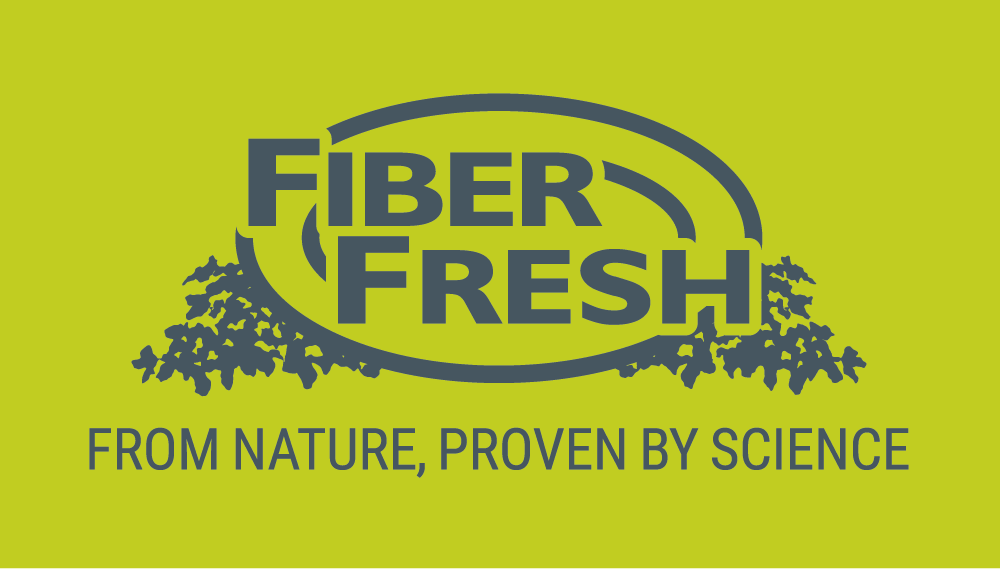
What is Tying Up?
Tying up is a broad term used to describe painful, cramp-like muscle disorders occurring in about 3% of performance horses; also known as exertional rhabdomyolyis (ER), azoturia, set-fast or Monday morning disease. It is not just one disease and non-exertional forms of tying up do exist, such as with clinical selenium deficiency.ER disorders can be split into two categories:
- Sporadic ER, a general episode of tying up that occurs on a rare occasion, e.g. exhausted endurance horses;
- Chronic ER, repeated episodes that often start young, e.g. 2yo racehorses. Chronic ER has no cure, it often inherited and there are thought to be two primary causes: 1) recurrent exertional rhabdomyolysis (RER): caused by a muscle contraction mechanism defect and
- High quality forage fibre* (2% of body weight minimum) including moist forage fibre*
- Add fat/oil instead of starch/sugar when extra energy is needed for performance
- Diet less than 10% NSC*
- Calcium: phosphorous ratio 2:1-3:1*
- Balance electrolytes, especially sodium (salt)
- Vitamin E* AND selenium
- Chromium (for RER, but not for PSSM)
- Divide the daily diet into as many regular meals as possible (minimum 4)
- Keep the diet consistent*, especially at competitions
- Include FiberProtect in the diet, especially for the reasons highlighted with a*
2) polysaccharide storage myopathy (PSSM): a specific disorder resulting in excess muscle carbohydrate storage.
What are the signs of Tying Up?
Clinical signs typically occur after 15-30 minutes of aerobic exercise and can vary with time and severity; e.g. short, slow or stiff stride, stopping and being reluctant to move and adopting an unusual stance or pawing the ground, struggling to remain standing or even collapsing. The hindquarters appear most affected. In severe cases, urine turns a red/brown colour. Other signs of pain can include profuse sweating, elevated respiration and heart rates and wide eyes. It is important that a correct diagnosis is made in mild cases that could be confused with muscle strain. If you suspect tying up, you should call your vet immediately. Blood tests are required for diagnosis.Recurrent exertional rhabdomyolysis (RER)
5-10% of Thoroughbred racehorses can develop RER during a season. Fillies are twice as likely to develop RER, especially those with a nervous disposition. Triggers include training at a gallop, but restraining the horse from reaching top speed, prolonged periods of stall rest or intermittent training, high-grain diets (equal to or greater than 2.5kg straight grains of approximately 50% starch or 6kg of concentrates of approximately 25% starch daily for a 500kg horse), excitement, and underlying lameness.Polysaccharide storage myopathy (PSSM)
Horses with PSSM have an increased sensitivity to insulin, clearing more glucose from the blood by synthesising glycogen in muscle, as well as having an abnormal form of carbohydrate in muscle. Horses with PSSM require diets very low in non-structural carbohydrates (starch and sugar). Intermittent training is a common trigger.Preventing Tying Up
To prevent tying up; focus on nutrition, avoiding triggers such stress, sudden changes in exercise programmes or diet and adhering to a strict, regular exercise regime tailored to the individual horse. Sporadic tying up, particularly at competitions, has been linked to sudden increases in the amount of grain or starch fed to horses. A balanced diet, based on a minimum of 2% of the horse’s body weight in high quality forage, is a key to treatment and prevention of tying up.Once tying up is diagnosed, grain feeding must be drastically reduced. If PSSM is confirmed as the cause, all grain must be removed from the diet and sugars reduced so that the non-structural carbohydrate (NSC; starch and ‘sugars’) content of the diet is 10% or less. Overall energy balance is vital to provide enough energy from forage and fat/oil sources to maintain body condition whilst meeting the energy demands of training. Diets must also be balanced for essential vitamins, minerals, amino and fatty acids.
Two specific nutrients, selenium and vitamin E, can help prevent or alleviate symptoms of tying up by working together to prevent muscle damage.
Dehydration and imbalances of dietary electrolytes, particularly calcium, phosphorous and sodium contribute to the development of chronic ER. Feeding of moist forage assists in maintaining hydration and electrolyte balance.
Chromium supplementation is proven to help prevent RER, especially for nervous horses. However, chromium supplementation may be counter-productive in horses with PSSM because of its effects on insulin sensitivity.
Controlled fermented lucerne in the form of FiberProtect is recommended due to its consistent nutrient content, high fibre digestibility, high but ‘cool’ energy content, high quality protein supply, high vitamin E content; consistently low sugar and extremely low starch content, high calcium content to balance the calcium: phosphorous ratio and ability to buffer gut acidity. Feeding FiberProtect can reduce the amount of grain required for horses with RER in two ways: by replacing energy from grain with energy from forage and if fed together, FiberProtect increases the digestibility of the grain so that less grain can be fed in total.

